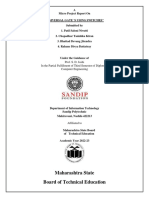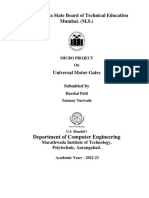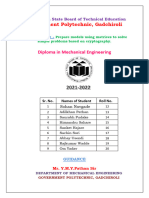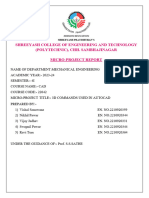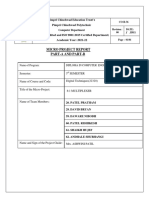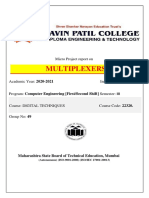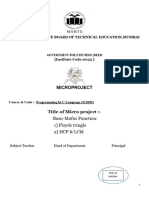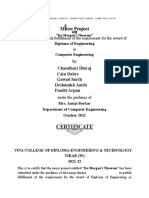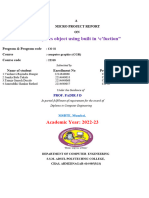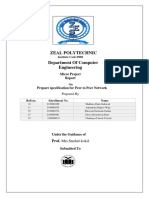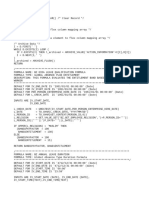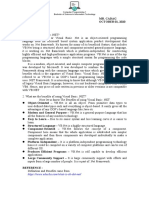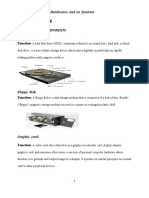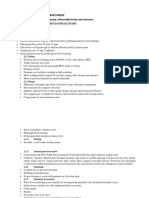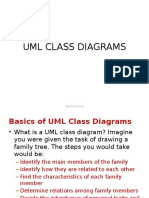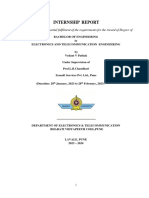0% found this document useful (0 votes)
18 views11 pagesMSK Dte MPR
The micro-project titled 'De Morgan's Law' was conducted by students of Shreeyash College of Engineering and Technology as part of their Digital Techniques course. The project aimed to apply De Morgan's Laws to simplify Boolean expressions and optimize digital circuits, enhancing students' understanding of digital logic and circuit design. The methodology included research, circuit design, simulation, and documentation, resulting in improved problem-solving skills and teamwork.
Uploaded by
mskthegreat786Copyright
© © All Rights Reserved
We take content rights seriously. If you suspect this is your content, claim it here.
Available Formats
Download as PDF, TXT or read online on Scribd
0% found this document useful (0 votes)
18 views11 pagesMSK Dte MPR
The micro-project titled 'De Morgan's Law' was conducted by students of Shreeyash College of Engineering and Technology as part of their Digital Techniques course. The project aimed to apply De Morgan's Laws to simplify Boolean expressions and optimize digital circuits, enhancing students' understanding of digital logic and circuit design. The methodology included research, circuit design, simulation, and documentation, resulting in improved problem-solving skills and teamwork.
Uploaded by
mskthegreat786Copyright
© © All Rights Reserved
We take content rights seriously. If you suspect this is your content, claim it here.
Available Formats
Download as PDF, TXT or read online on Scribd
/ 11
